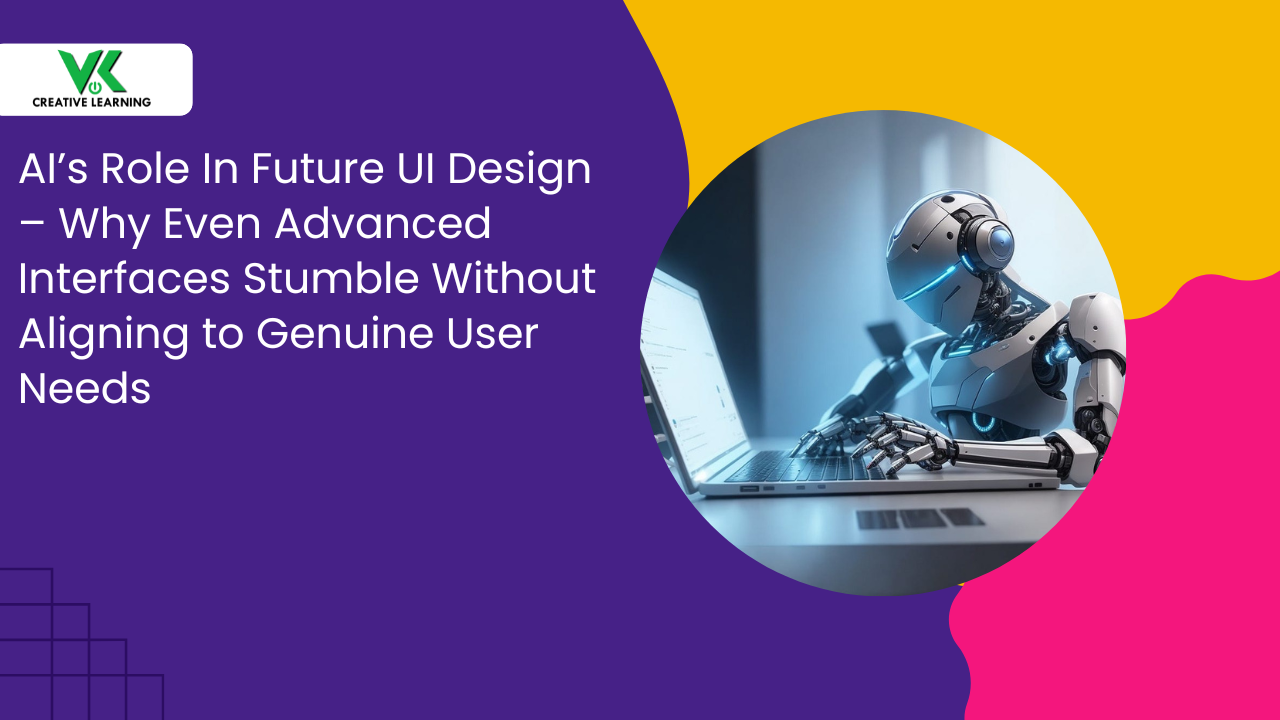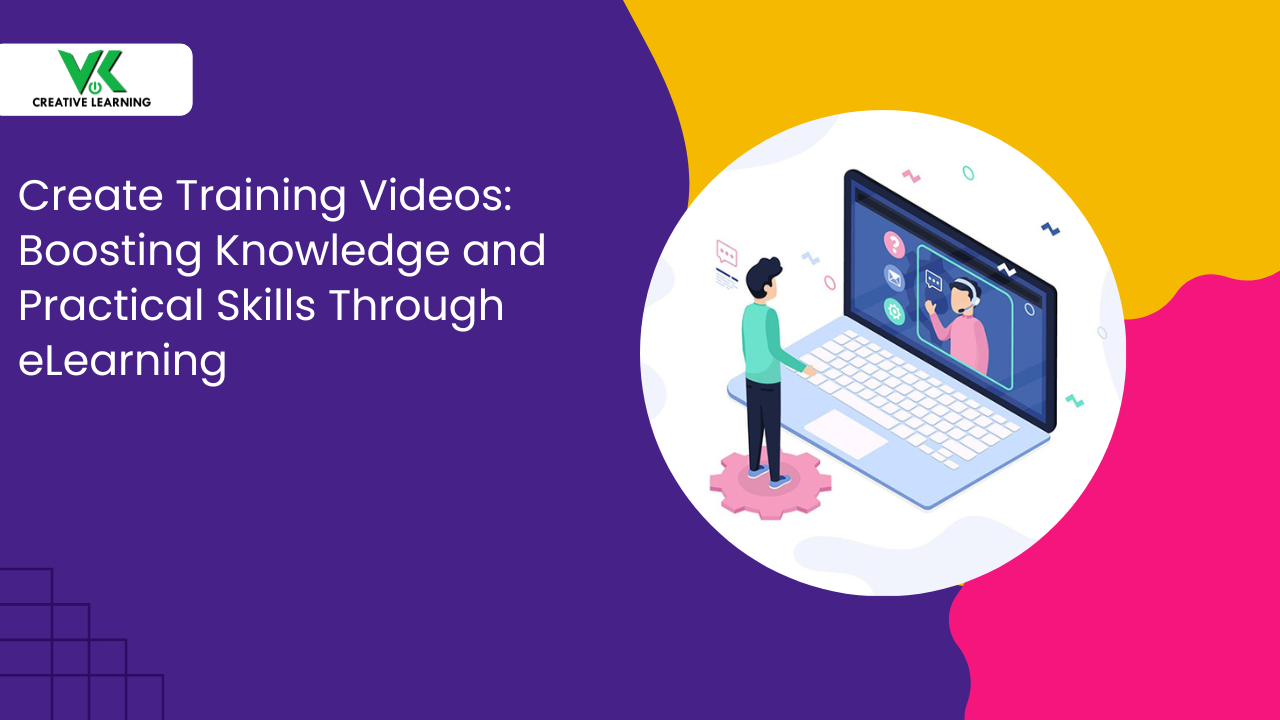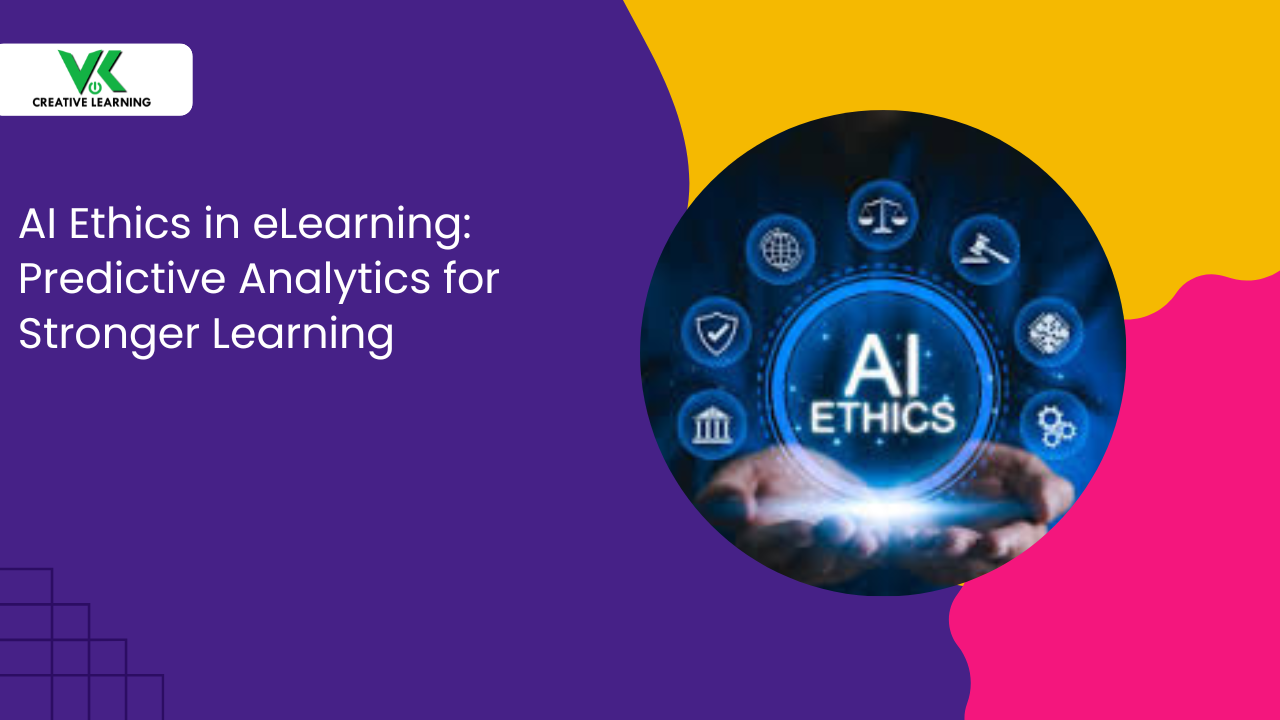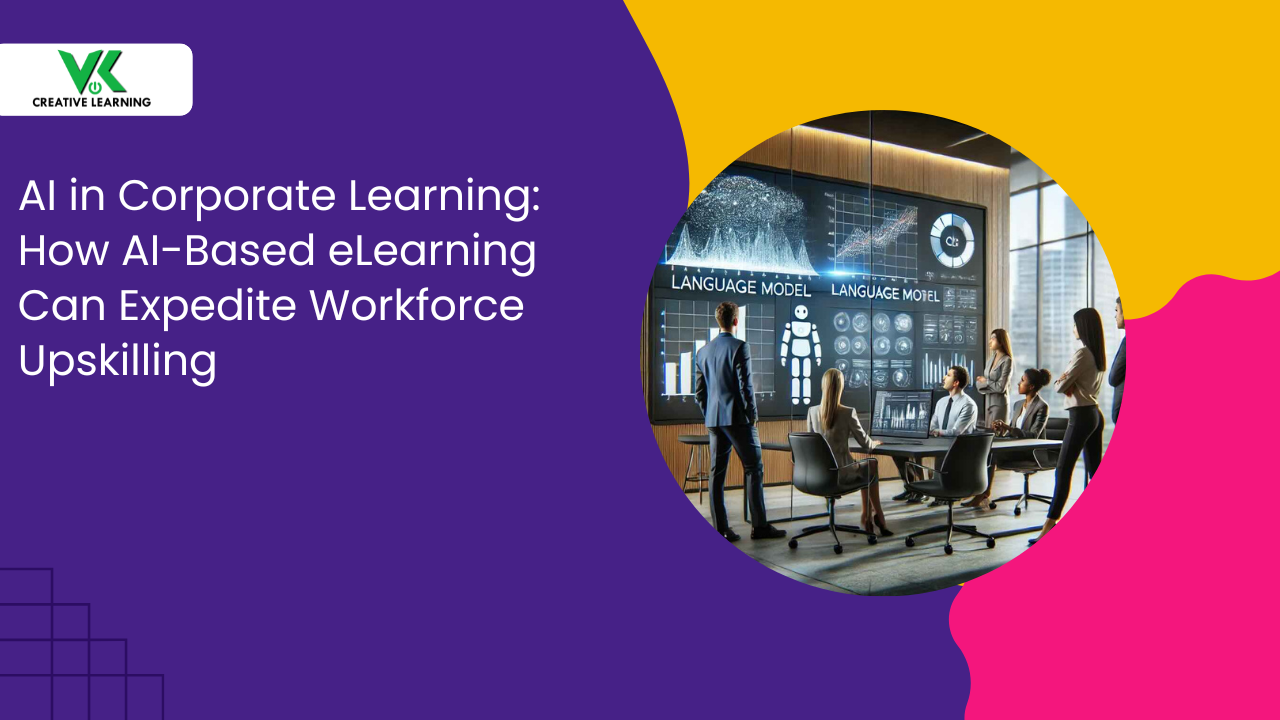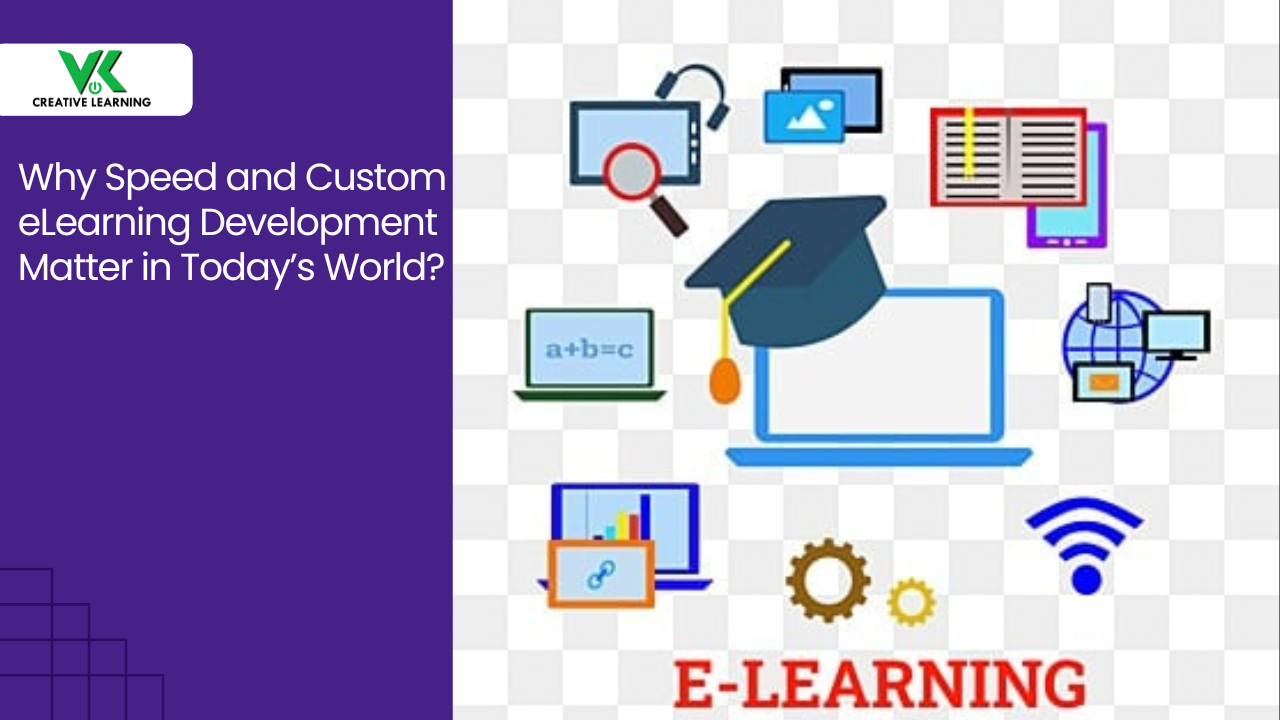Web Content Localization With AR/VR: Next-Gen Choice for Industries for Training Employees
March 25, 2025
With the evolution of new technologies, it's not as easy as it was for industries before. This is because with new technologies and their incorporation comes new complex challenges. These challenges can be: manufacturing plant training sessions or retail staff workshops. Besides, for corporates, it can be conducting financial services seminars.
To elaborate, as the latest technologies emerge, challenges surface for training. It becomes very difficult for companies in various sectors to train employees globally. This would mean that they have to create content in different languages for training purposes.
This is the primary reason why firms opt for remote e-learning. That is: the focus entirely shifts to content localization services and video localization. These features can be found in e-learning platforms with LMS and these features.
E-learning development companies are the establishments that create multifaceted e-learning platforms. They infuse the qualities of AR/VR environments with localization services with uses in multiple industries.
Useful for: logistics briefing sessions (freight coordination talks, supply chain reviews, and warehouse safety meetings).
In hospitality orientation meetings, it can be used for explaining protocols for hosting guest services, hotel staff, and onboarding programs (restaurant). It turns into a boon for energy sector safety drills and more exercises.
Main benefit of this technology is web content localization and that too with AR/VR. This makes it easier for firms to create videos with immersive AR/VR experiences. Further, the integration of video localization makes training much more easier.
Above all, it addresses a big obstacle: language barriers when viewed from geographical locations.
Also, useful is for cultural nuances (dialect differences, etiquette expectations, regional expressions) in training materials.
This can be used in: pharmaceutical safety demonstrations (medicine handling protocols). Also, the use of it can be for contamination prevention drills and emergency response training.
For construction site inductions, it proves beneficial for worker hazard awareness with procedural training (safety gear and equipment operation guides).
And when it comes to IT cybersecurity, all training pertaining to network breach prevention and data encryption becomes easy. In addition, creating e-learning sessions for phishing scam awareness is an added benefit.
Consequently, industries embracing it can iron out kinks related to next-gen digital transformation. Specifically for, AI-based automation processes, cloud-based platforms, and tech related to IoT integrations. Thus, its implementation is effective in automotive assembly line updates; especially in robotic calibration training and smart manufacturing shifts.
It also can be incorporated for training in real-time production monitoring systems. And mention of it use in healthcare procedural training (surgical technique simulations, patient data security) has its own perks. The advantage also extends to agricultural technology – how wonderful is that!
Thus, modern industries, now, can leverage content localization services for training at a rapid pace. Also, video localization modules (subtitles, dubbing, voiceovers) can be utilized across diverse regions for training purposes.
This can be for food production quality checks or pharmaceutical regulatory updates. Further, the uses span across sessions on energy grid management (power distribution, load balancing). This also involves renewable integration as a part of training.
Furthermore, e-learning features integration address various cultural contexts ((regional customs, societal norms, communication styles). It also stretches to technical language issues (industry jargon, specialized terms, sector-specific vocabulary).
Hence be it any sector, e-learning platform finds many uses. The sectors are: mining safety orientations, hospitality service protocols, and real estate market analyses.
Table of Contents:
What Is Next-Gen Web Content Localization With AR/VR – An Overview
- Real-Life Application Scenarios
Why integrate Content Localization with AR/VR in Training Modules?
- Reason 1: Interactive Learning and Tracking Features
- Reason 2: Scalability and Flexibility in Content Delivery
What Is Next-Gen Web Content Localization With AR/VR – An Overview
Web Content Localization in e-learning with AR/VR helps to adapt to various linguistic and cultural contexts. The use of AR and VR technologies in this process plays a pivotal role. Thus, it can be implemented in multiple industries.
Some examples: aerospace technical simulations, industrial equipment handling drills, and chemical process tutorials).
Elaborately put, the whole idea of this exercise is to sync with learners’ preferences. That is. training materials are designed by e-learning providers to fulfill the needs of diverse learners.
Thus, for any industry, an e-learning platform with the above features can be used. Situations where e-learning can be used to enhance the knowledge of employees are many.
Some examples: automotive assembly line trainings, retail management workshops, healthcare device operations demonstrations, and many more.
In this form of training, key aspects such as dynamic metadata integration and interactive multimedia components are incorporated. This brings clarity in understanding to the workforce compliance guidelines and technical handbooks.
Note that powered by AR/VR means the use of overlay visuals and interactive modules. Also, included in this mix are simulated environments with 3D explainer videos. The result: information grasping is easy for learners.
Further, employees' proficiency (skill adaptability, task efficiency, problem-solving agility) naturally strengthens over time.
Thus, it is useful for mining safety protocols (hazard detection drills, emergency response plans, and ventilation system checks.
Additionally, on the list are energy conservation seminars, telecommunications product demonstrations, etc.
Furthermore, the inclusion of AR/VR provides immersive experiences for learners. This is made possible through virtual walkthroughs, hands-on simulations, and interactive troubleshooting.
This aids to bridge the knowledge gap (technical know-how, industry best practices, operational guidelines)). Usually, the gap exists between theoretical understanding (conceptual frameworks) and actual application in the workplace.
Hence, it will be useful in food processing safety drills and construction blueprint simulations. In addition, e-learning training can included in logistics routing exercises.
Real-Life Application Scenarios:
Firms can overcome challenges associated with traditional training limitations -- language barriers and static content formats. Some examples include: public infrastructure projects, hospitality service training, agricultural machinery operations sessions, etc.
The integration of video localization and interactive AR/VR modules ensures learners' engagement (real-time).
Also, it facilitates understanding of complex procedures (designs, protocols) wholly. Thus, it can be utilized in: pharmaceutical regulatory briefings, and energy grid management tutorials. Additionally, it can be utilized in retail inventory control workshops.
Why integrate Content Localization with AR/VR in Training Modules?
Integrating AR/VR with content localization services will allow companies to be in a league of their own. Some of the unique possible areas where it can be used for training purposes are:
a. Maritime navigation simulations
b. Industrial machinery operation drills
c. Understanding chemical lab safety procedures
d. Construction project management
e. Telecommunications service
f. Agricultural sustainability practices
Other two main reasons for opting for web content localization by firms are as follows:
Reason 1: Interactive Learning and Tracking Features:
E-learning entails interactive modules and tracking employees' analytical skills in local languages. Video localization with detailed 3D and 2D animations takes learning to an altogether different level.
In fact, the interactive features and animations replicate actual-world scenarios.
Hence, they turn useful for understanding energy plant operations (solar turbines, hydroelectric dams, etc.). They also are useful in retail customer interaction role-plays (sales negotiations, service troubleshooting).
In addition, the workforce will learn to smoothen out challenges in logistics coordination (e.g. supply chain bottlenecks).
The infusion of advanced technologies (AI, predictive analytics) facilitates continuous skills development too.
Importantly, eLearning development companies create e-learning platforms to discern measurable improvements in training outcomes.
Next, web content localization with AR/VR assists in modernizing their employee training programs. This ensures companies are in sync with market requirements and globally relevant. Hence, the best uses of e-learning platforms with AR/VR features can be in:
1. Aerospace engineering simulations
2. Financial process updates
3. Industrial safety drills
Reason 2: Scalability and Flexibility in Content Delivery:
The inclusion of content localization features enables organizations to update and distribute training content as when required. Thus, distribution across global branches in quick progression becomes possible.
This proves in handy for automotive production and retail merchandising. Also, various industries benefit as safety protocols can be familiarized to employees swiftly.
Importantly, localized materials are customized by eLearning content providers to meet any kind of specific needs. This is highly essential when meeting industry standards as well as regional requirements.
For example: Suppose construction may be on in some places. Then, code compliance modules in the local language would help.
Similarly, operational guidelines in localized language would be the smart way. The same holds true for telecommunications protocol updates in certain regions.
Considering these, eLearning development companies create LMS e-learning that support multi-format training materials.
This includes video localization, interactive animations, and text-based resources -- all available on a state-of-the-art e-learning platform.
Beneficial for: mining, food processing, and agricultural companies to teach the best practices and guidelines.
Essentially, such flexibility aids firms to manage training schedules with ease and respond swiftly to ongoing industry trends.
Conclusion
Web content localization with AR/VR has immense potential for employee training. It can, in fact, raise the bar and take it to an altogether new level.
Thus, content localization can revolutionize employee training in many ways. The features such as video localization and availability of content on demand can change the game completely.
VK Creative Learning (VKCL), being the champ in the creation of content localization, can help firms. They are known for providing innovative, scalable, and cost-efficient e-learning solutions. This can help to drive the global workforce excellence and continuous improvements in training.
